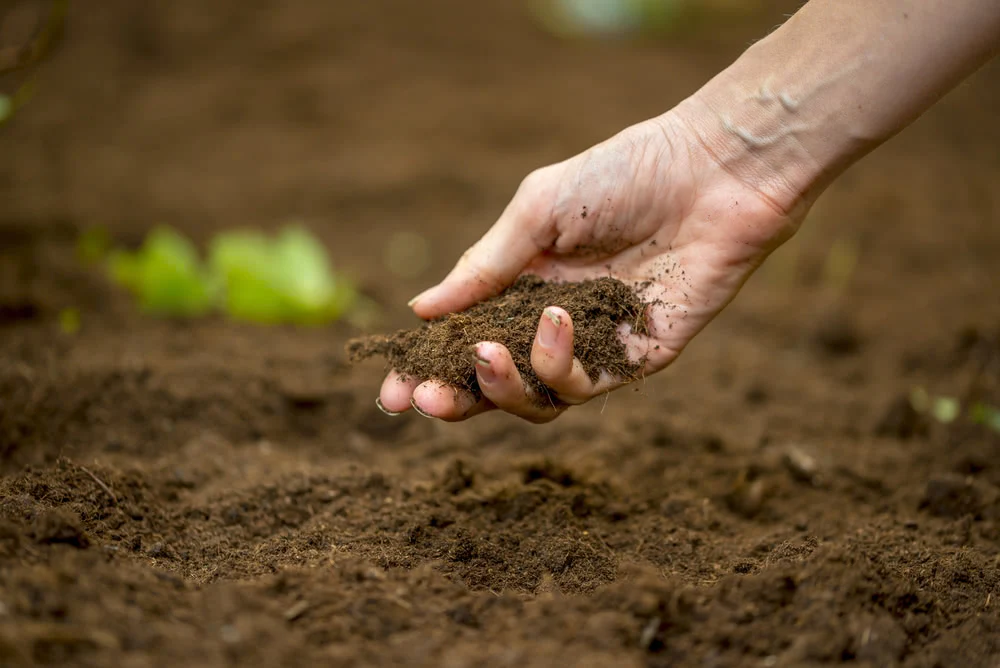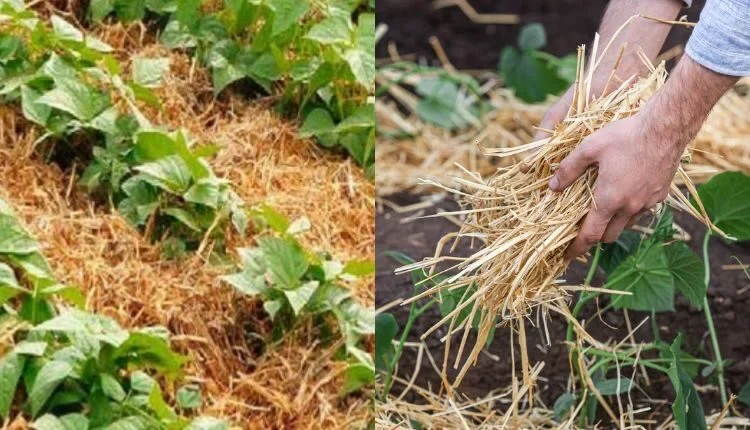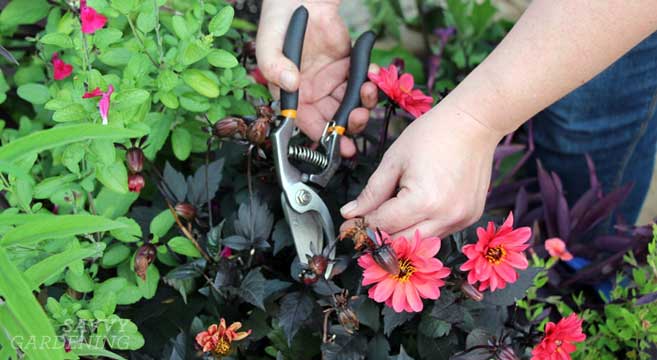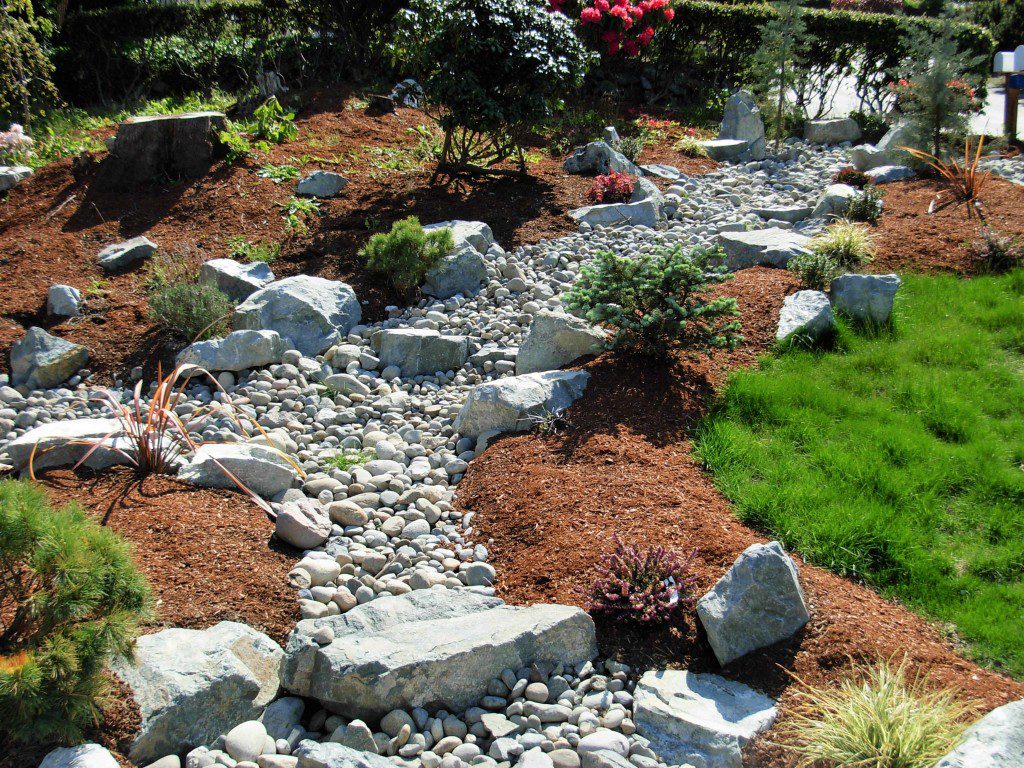There are many options in landscaping, but dry creek bed landscaping has become quite famous in recent years, and we believe its beauty and practicality are the reasons behind it.
The best way to decorate it is with vegetation to enhance the dry creek bed’s overall look and appeal.
Also, there are a lot of benefits involved in this, for example, the air purification it offers, making it the best of both worlds solution for you.
In this article, we’ll explore the various ideas of what you can plant along a dry creek bed, the way to go about planning, execution, and maintenance involved, and so much more!
The Vegetation and Its Benefits
There are so many benefits involved when you plant some vegetation along the dry creek bed; let’s explore each of these one by one:
1. Prevention of Soil Erosion
The vegetation you plant along the dry creek bed will help hold the soil underneath it firmly, thereby reducing the chances of soil erosion during rain; this means that along with the beauty, you also get peace of mind that your dry creek bed will be safe.
2. Absorption of Water
The right vegetation you plant will help ensure that the water during rainfall is adequately absorbed in the soil and that there is no erosion. It will also help replenish the water in the soil, making it more fertile and mineral-rich. Also, the excess water will no longer be a point of concern.
3. Looks and Aesthetics
The right selection of plants will help uplift the overall aesthetics of your dry creek bed, maintain its natural look, and make it feel beautiful when relaxing outside. Vegetation, in general, can elevate the overall vibe of a spot around the house, so when planted along a dry creek bed, it will do so much more for the aesthetics you’re trying to achieve.
Picking the Right Type of Vegetation
This will be an important decision, and we’re here to help you make the right choice by explaining the options to you in detail. Starting with:
1. Local Plants
For minimal maintenance and maximum sustainability, selecting plants native to your area is the wisest approach when considering design tips for dry creek bed landscaping. These plants will thrive naturally, aligning perfectly with your landscaping vision.
2. Drought-Resistant Plants
Since it’s a dry creek bed, there are chances of water shortage and even drought sometimes; in these tough times, you need plants that can survive on their own with whatever little water is available in the soil underneath. For this purpose, choosing plants that aren’t bothered much by lack of water would be an excellent decision.
Stonecrop, Russian sage, and lavender are some of the many options.
3. Ground-Covering Plants
A choice of plants that cover a large area of the topsoil and prevent them from erosion would be excellent for a dry creek bed and groundcover plants; for example, Creeping Thyme, Sweet Woodruff, and Bungleweed are some of the more prominent examples of this. Planting these would also fulfill the purpose of elevating the overall aesthetics. Two birds, one stone? Definitely!
4. Grass
The most obvious choice would be planting a species of grass along your dry creek bed. Tall grass or short, both will work here, and with minimal maintenance efforts, this is an ideal choice and the easiest recommendation any day!
5. Shrubs
Ferns, Rhododendron, Sedges, Hostas, etc., are all excellent choices for a dry creek bed if you want to plant shrubs along a dry creek bed. These shrubs will help augment the overall space’s natural beauty and provide free-of-cost air purification. Also, the maintenance efforts are not too much; just some occasional clipping, and you’re done.
Maintenance of Dry Creek Bed
The planting and maintenance of the vegetation you choose to plant along the dry creek bed is also simple, and we’ll break it down for you,
1. Preparing the Soil

Not too much effort is required; loosening the soil with a plow would be enough to aerate the soil. You’ll need to add a little manure, and that’s it, soil prepared!
2. Planting

This step doesn’t need much explaining; make some space, put the plants in, cover the roots nicely, tap on the sides to pack a little, and be done! Moving on,
3. Mulching

This is an important step and will increase the growth speed of the plants, ensure enough fertilization, help eradicate weeds, and improve the soil’s overall health. Barks, wood chips, leaves, etc can cover the soil.
4. Maintenance

Water the plants regularly for the first one or two weeks; that should be enough to ensure rapid growth. As for maintenance, occasional clipping of some leaves, some watering if needed, and inspection from time to time would cover the maintenance efforts required for the vegetation along a dry creek bed.
Conclusion
Planting vegetation along the dry creek bed will greatly enhance the beauty and aesthetics and have more positives like environmental benefits, air purification, etc. The right pants will improve the space and make things more pleasing to the eyes.
We recommend plants that can withstand drought, prevent soil erosion, and cover the ground well, like grass and shrubs. Planting and maintenance efforts are also minimal and don’t require much time.
So go ahead and create yourself a beautiful dry creek bed. Go Green!

